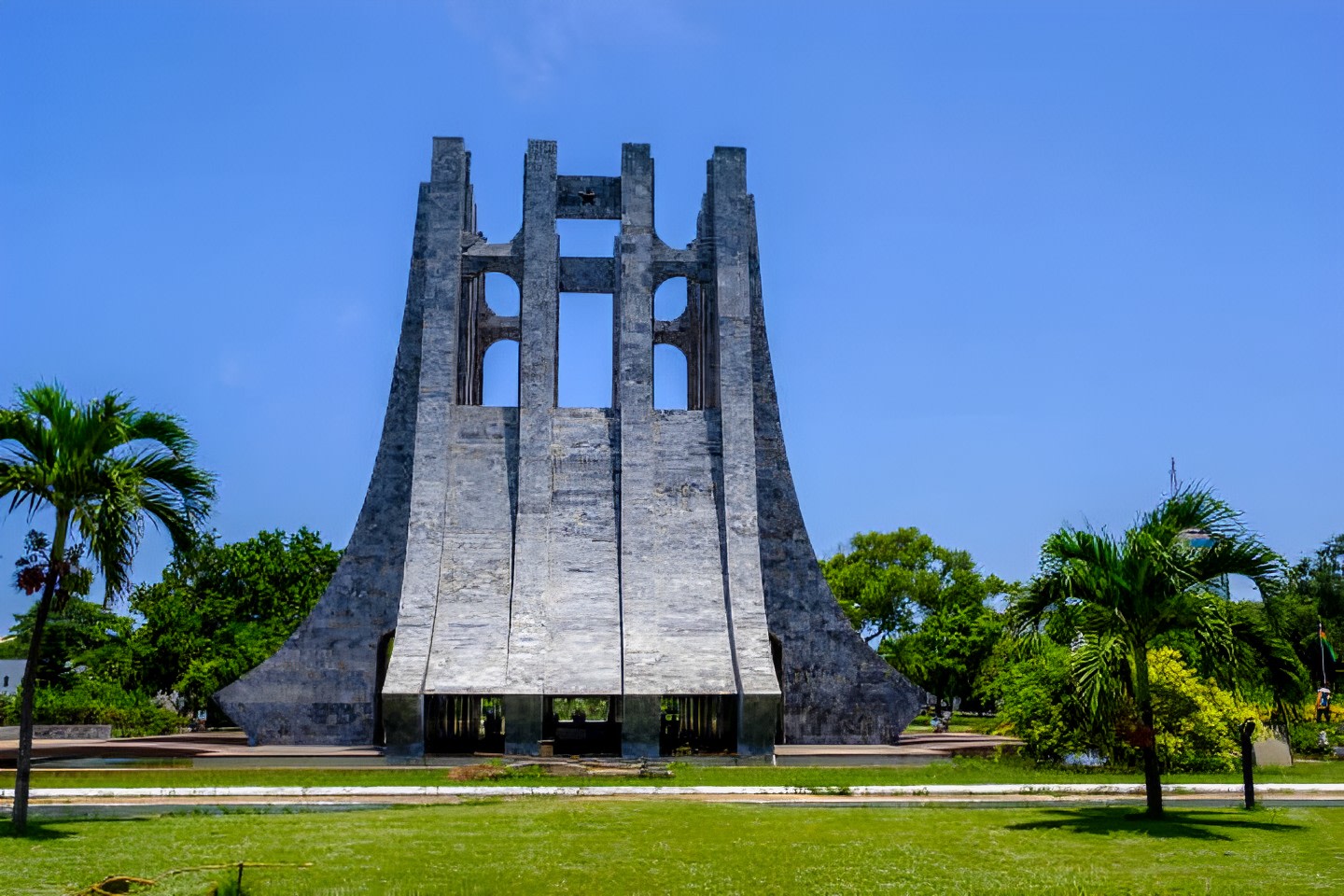
Traditional Architecture and Sustainability in Ghana’s Real Estate
Ghana’s architectural heritage is a treasure trove of wisdom, reflecting a deep connection with the land, culture, and climate. Traditional Ghanaian architectural styles and construction techniques, honed over centuries, offer valuable lessons in sustainability and cultural preservation. In this article, we explore how the integration of traditional Ghanaian architectural elements into modern real estate development promotes sustainability while preserving the rich tapestry of cultural heritage.
The Wisdom of Traditional Ghanaian Architecture
Traditional Ghanaian architecture is a testament to resourcefulness and harmonious coexistence with nature. Some key features include:
- Natural Materials: Traditional structures predominantly use locally sourced, sustainable materials such as clay, wood, and thatch. These materials are renewable, have low embodied energy, and blend seamlessly with the surroundings.
- Climate Adaptation: The designs often incorporate passive cooling techniques, like high roofs for ventilation and shading elements to combat Ghana’s tropical heat. These strategies minimize the need for energy-intensive air conditioning.
- Cultural Significance: Traditional architecture is steeped in cultural symbolism, representing the beliefs, values, and social structures of Ghanaian communities. Preserving these elements is crucial for maintaining cultural identity.
Modern Real Estate Meets Tradition
Integrating traditional Ghanaian architectural elements into modern real estate development has become an emerging trend:
- Adaptive Reuse: Some developers repurpose traditional buildings as components of modern real estate projects, preserving their historical and cultural value. These structures can serve as community centers, museums, or boutique hotels.
- Architectural Inspiration: Modern real estate designs often draw inspiration from traditional Ghanaian architecture, incorporating elements like pitched roofs, natural ventilation, and the use of earthy color palettes.
- Sustainable Materials: Developers are exploring the use of traditional building materials in modern construction, blending the advantages of sustainability with contemporary functionality.
- Community Engagement: Involving local artisans and communities in the construction process honors tradition while providing employment opportunities and fostering a sense of ownership.
Sustainable and Cultural Benefits
The marriage of traditional Ghanaian architecture and modern real estate development yields numerous benefits:
- Energy Efficiency: Incorporating traditional techniques like natural ventilation and shading reduces energy consumption, contributing to a more sustainable built environment.
- Cultural Preservation: By integrating cultural elements into new developments, Ghana preserves its unique heritage, passing it on to future generations.
- Community Identity: These projects reinforce community identities, creating a sense of pride and unity among residents.
- Tourism Potential: Real estate projects rooted in Ghanaian tradition can attract cultural tourists, boosting local economies.
Conclusion
The integration of traditional Ghanaian architectural styles and construction techniques into modern real estate development is a powerful testament to the timeless harmony between sustainability and cultural preservation. As Ghana continues to evolve and embrace modernity, these initiatives serve as a bridge between the past and the future, celebrating the rich legacy of traditional architecture while championing a sustainable and culturally vibrant future. In this synergy, we find the essence of progress that respects history, culture, and the environment.






